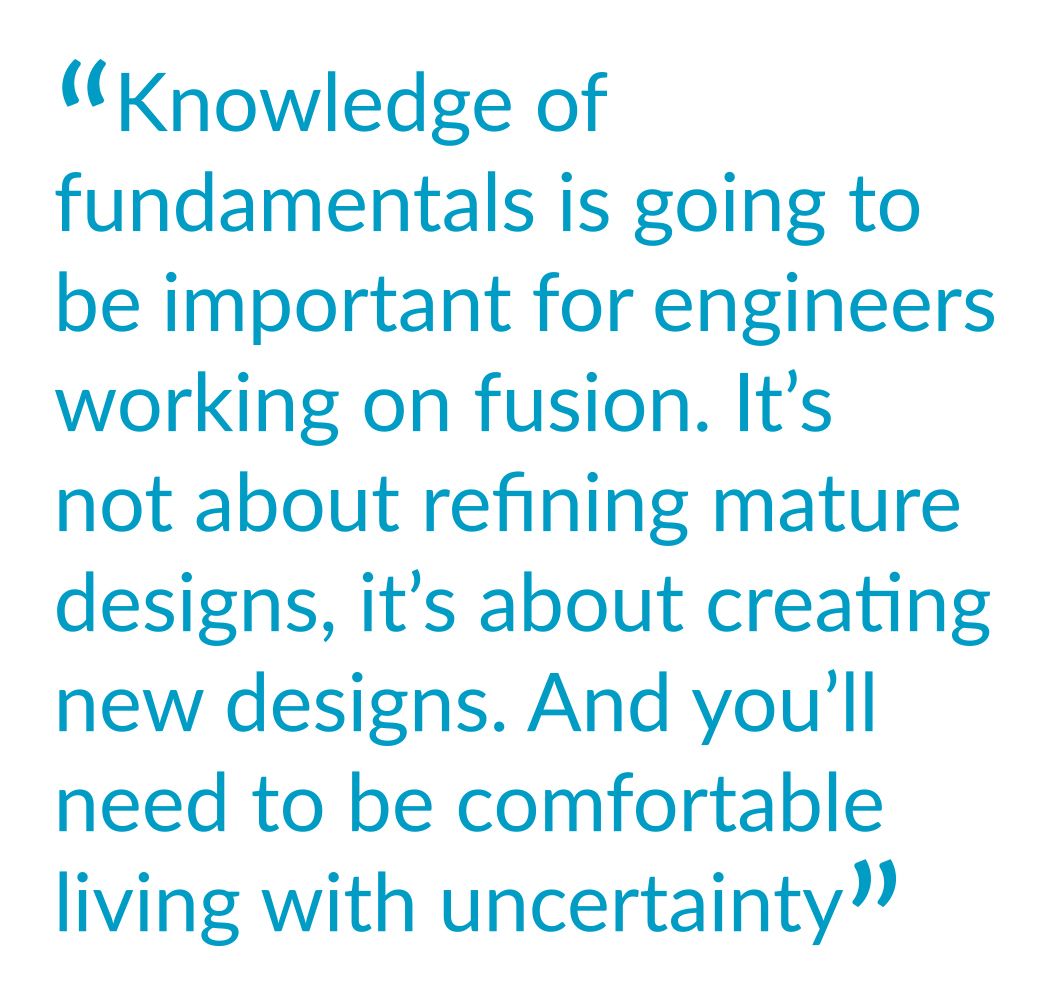The promise of fusion
The latest nuclear fusion breakthrough is being
hailed as a historic moment. A new source of clean, abundant energy could transform our world
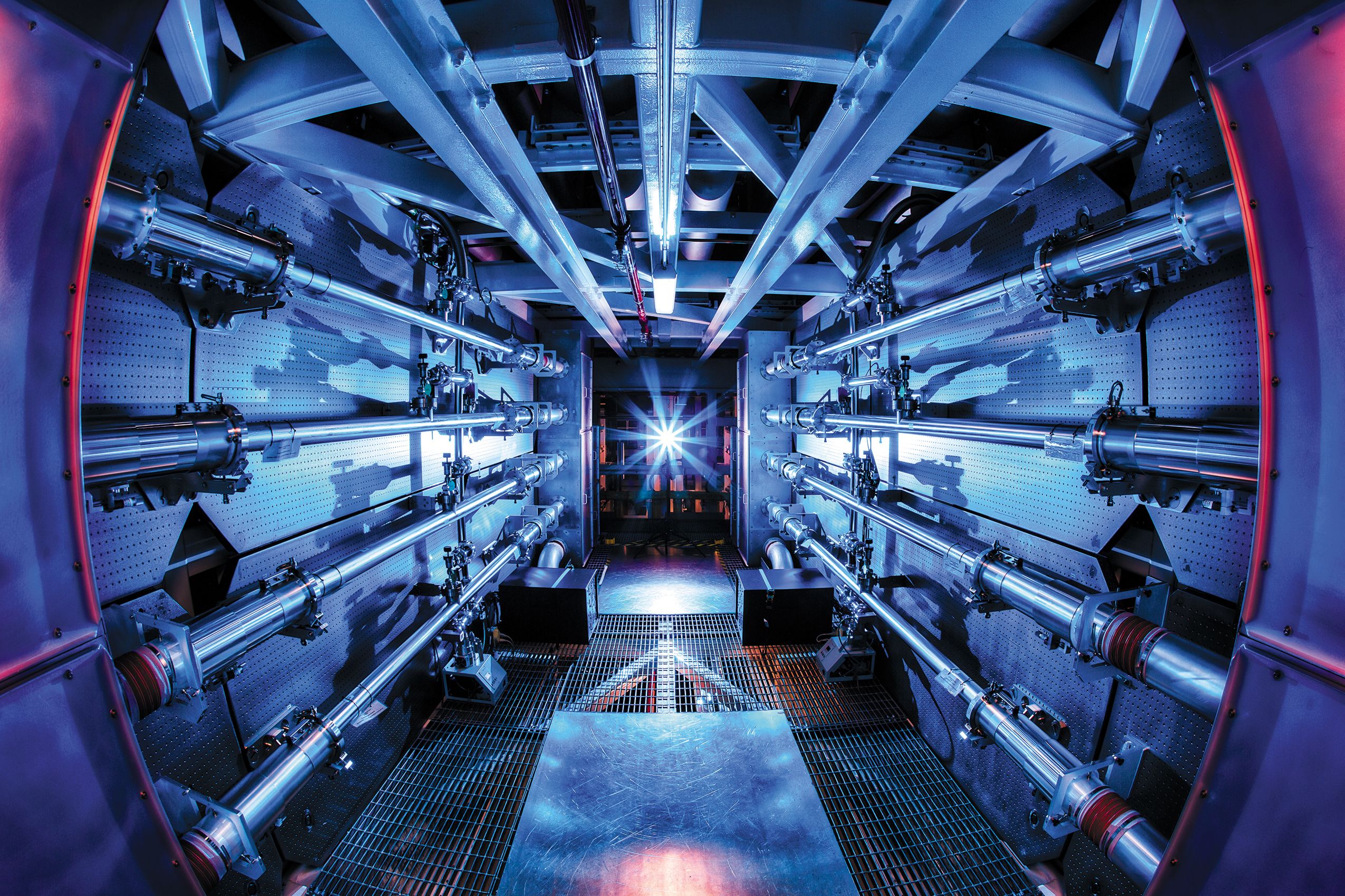
“It’s not all solved, and that’s a good thing.” Dr Melanie Windridge is, naturally, excited about the breakthrough announced by an American laboratory late last year. She’s the founder of an organisation that celebrates these kinds of wins in the fusion energy industry. And the industry’s been waiting for this one for decades.
But Windridge – and just about anyone you speak to, from a fusion start-up to the UK Atomic Energy Authority (UKAEA) – is under no illusion about the long road ahead.
It’s one thing to prove the science, but another to build an efficient, cost-effective power plant that keeps the lights on. It’s the difference between the 1903 Wright Brothers Flyer and a Boeing 747.
“We’re making stellar conditions on earth, and that’s really difficult,” says Windridge, who’s been involved in fusion for two decades and runs Fusion Energy Insights. “We won’t have power plants tomorrow. But we’re tipping over from the scientific challenge to the engineering challenge.”
No pain, no net-energy gain
To harness fusion energy, scientists must reproduce the power of the stars in their laboratories. Instead of splitting atoms, as is the case with fission, they’re smashing them together.
They’ve been doing this mostly by using magnetic machines known as tokamaks, which create and sustain superheated plasma (mimicking the sun). The trouble has always been that it takes a tremendous amount of energy to create less energy.
Last December, for the first time ever, scientists flipped this equation. Using lasers, not magnets, to compress atoms together, they managed to produce more energy than it took to start the nuclear reaction.
Using nearly 200 lasers, their sights set on a peppercorn-sized fuel pellet, scientists at the Nuclear Ignition Facility (NIF) – which is part of the Lawrence Livermore National Laboratory in California – achieved what’s known as ignition. The moment lasted for just a fraction of a second, the energy gain was modest (2 megajoules in, 3 megajoules out), and the calculation didn’t factor in the electricity it took to power the world’s biggest laser. But the science worked, and that’s what mattered.
The ignition process is complex, but in essence the lasers struck a target capsule with a tiny hydrogen fuel pellet inside. This created X-rays inside the capsule, which compressed the pellet. The result was a flood of energetic neutron particles, which can be used to heat water, create steam, spin turbines and power up Netflix binge sessions.
“This is very important because, until now, we didn’t know if the models were entirely correct,” explains Gianluca Gregori, a physics professor at the University of Oxford. “We now have a clear understanding of how much energy we need to obtain net energy gain.”
Gregori, who’s worked at the laboratory that achieved ignition, says the results put to rest theoretical uncertainties about the way the process unfolds.

Dr Melanie Windridge - physicist, speaker, writer… with a taste for adventure
Dr Melanie Windridge - physicist, speaker, writer… with a taste for adventure
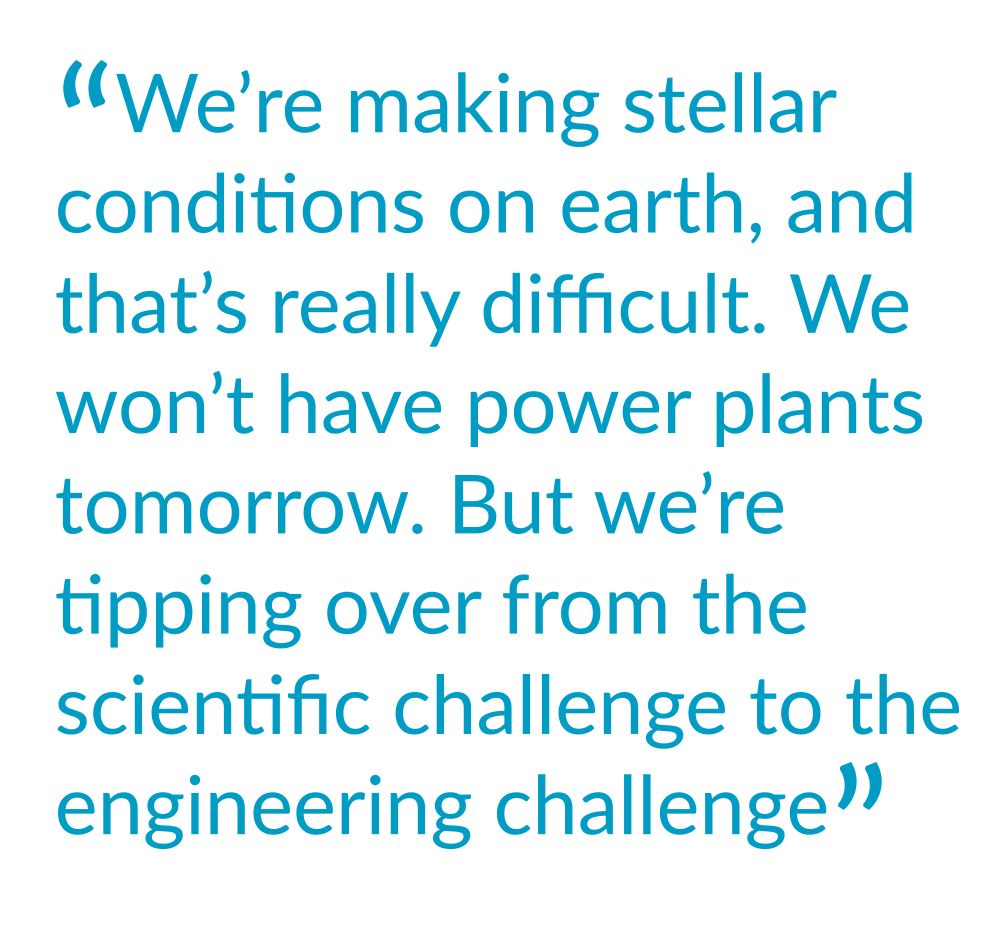

Calling all puzzle solvers
There’s no shortage of engineering challenges ahead. It’s time to be excited, but realistic, says Mark Shannon, director of engineering at UKAEA, who spent more than 10 years on the Nuclear Power Committee at the Institution of Mechanical Engineers.
“This is a hugely positive step on a journey,” says Shannon. “Like with all new technology, there’s a pathway to a more efficient power plant, with higher net yields.” Shannon, Windridge and Gregori agree on some of the main obstacles – big and small – scattered along this pathway.
Laser capabilities
The lasers used by scientists at NIF are already outdated.
“The laser technology dates back to the 1980s,” says Gregori. “Lasers have evolved. Engineers need to keep working on building lasers that use less electricity and create light more efficiently.”
Each laser shot will eventually need to produce perhaps 100 times more energy than was put in, explains Gregori. NIF reportedly had to pull 300 megajoules of energy from the grid for its experiment.
Windridge says the other major challenge is boosting the rate at which the lasers are fired. During the NIF experiment, the lasers fired just once. In a future power plant, they’d be firing five or more times a second. And that would be happening every second that the plant generates electricity, year after year.
“That’s a big step up,” says Windridge. “But the repetition rate is already better, and new laser technology [which relies on electronic devices called diodes] is proving to be a lot more efficient at transferring energy.”
Filling up on fuel
Whether you use magnets or lasers, fusion energy requires fuel. And that fuel includes deuterium and tritium. Tritium doesn’t exist naturally and has a relatively short half-life, says Windridge.
“If you want to have enough tritium, you have to make it in your machine. And that takes lithium. There are lots of ideas for how this can work in fusion reactors, but that’s a technology challenge.”
Shannon says the solution may involve breeding blankets in future reactors. This would allow operators to harvest enough tritium for fuelling future operation.
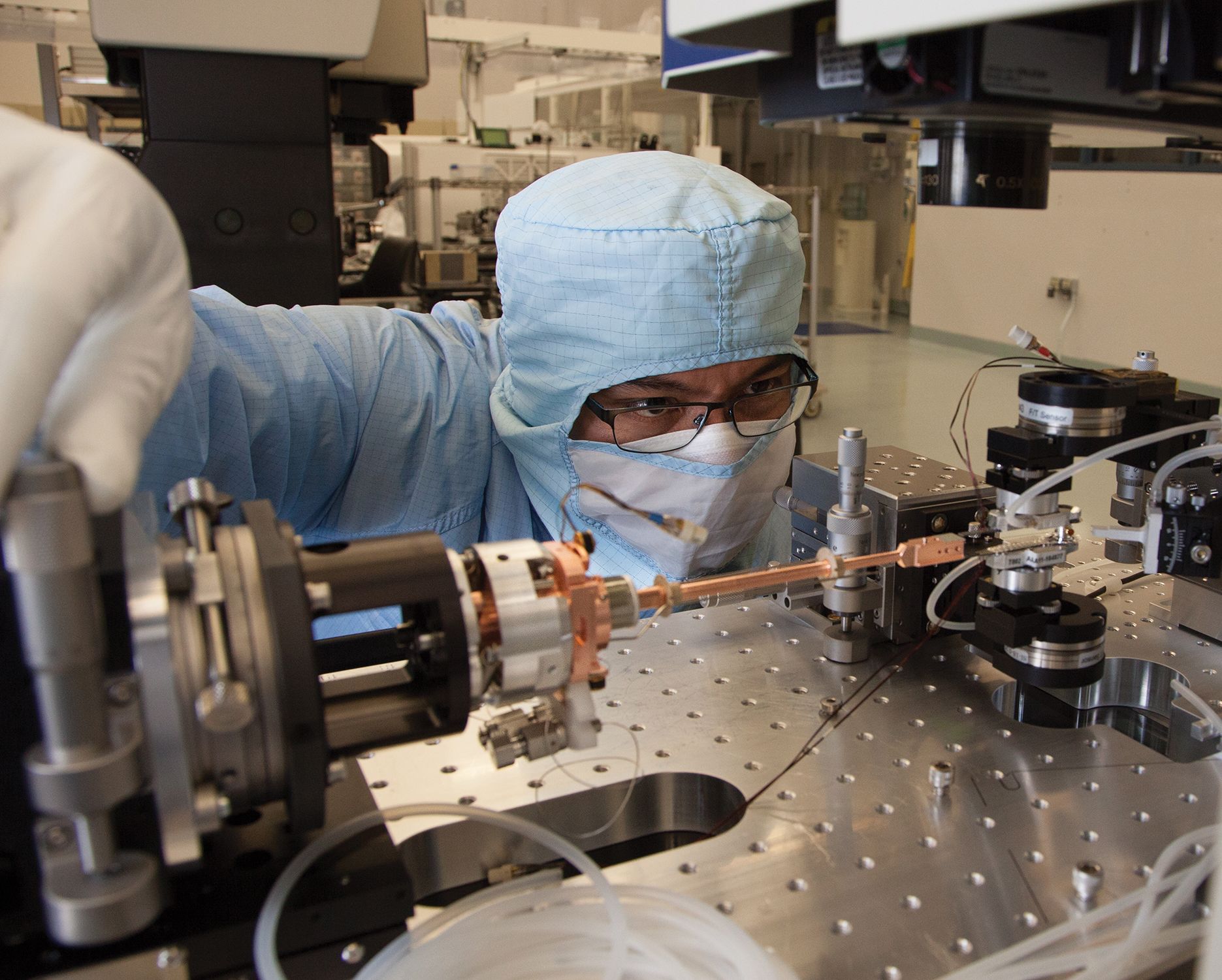
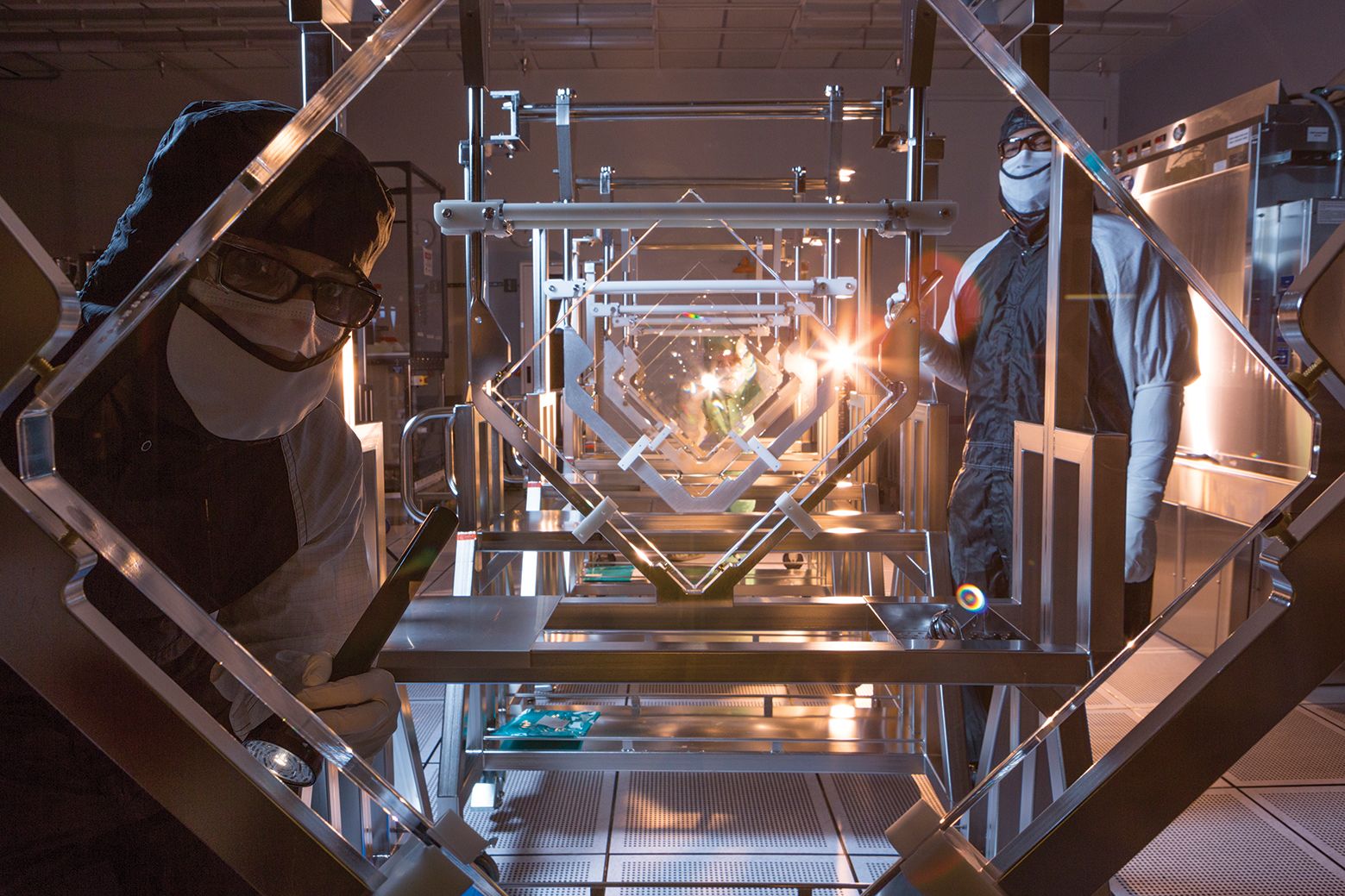

Clever capsules
Smaller than a pencil eraser, the cylindrical capsule used in the NIF experiment (to house the fuel pellet) had to be exquisitely designed and flawlessly built, says Gregori.
“The cost of each target is huge. And we’ll need millions of them. So, the question is, how can we make them cheaper? Or maybe there’s a whole new way to do it without having to drop a target in all the time?”
Companies around the world are trying to solve this problem by approaching it from different angles. Some are working to do away with turning laser light into X-rays, in what’s known as the “direct drive” approach. Others are exploring using projectiles instead of lasers to implode fuel pellets. Others still are blending technologies into hybrid models.
But if future power plants do use capsules, the mechanics will be mind-bending. “You’re compressing five or more pellets a second, firing them precisely, lining them up where the lasers use femtosecond accuracy to hit them as they move through the machine,” says Shannon.
A matter of materials
Engineers will have to make trade-offs when it comes to materials.
Neutron particles are full of energy, which is useful, but they can also be destructive. Tokamak builders are forced to carefully pick what materials they use to shield components like the magnets. Space in a tokamak is at a premium, so shielding needs to be the right size, effective and cost-effective.
In any fusion reactor or power station that gets built, materials will be a key factor, says Windridge. It’s going to come down to striking the right balance.
While fusion energy promises zero fuel waste, there will be component waste, so using the right materials will have an environmental dimension too.
Plugging into the grid
The easiest way is the old way, says Windridge, referring to transferring neutrons’ energy into electricity. The first fusion reactors to come online may well use steam turbines to deliver power to grids. But, says Windridge, there’s research going into how this process can be streamlined, or changed, so that less power is lost along the way.
Shannon says this could include different thermodynamic cycles, using helium or different kinds of coolants.
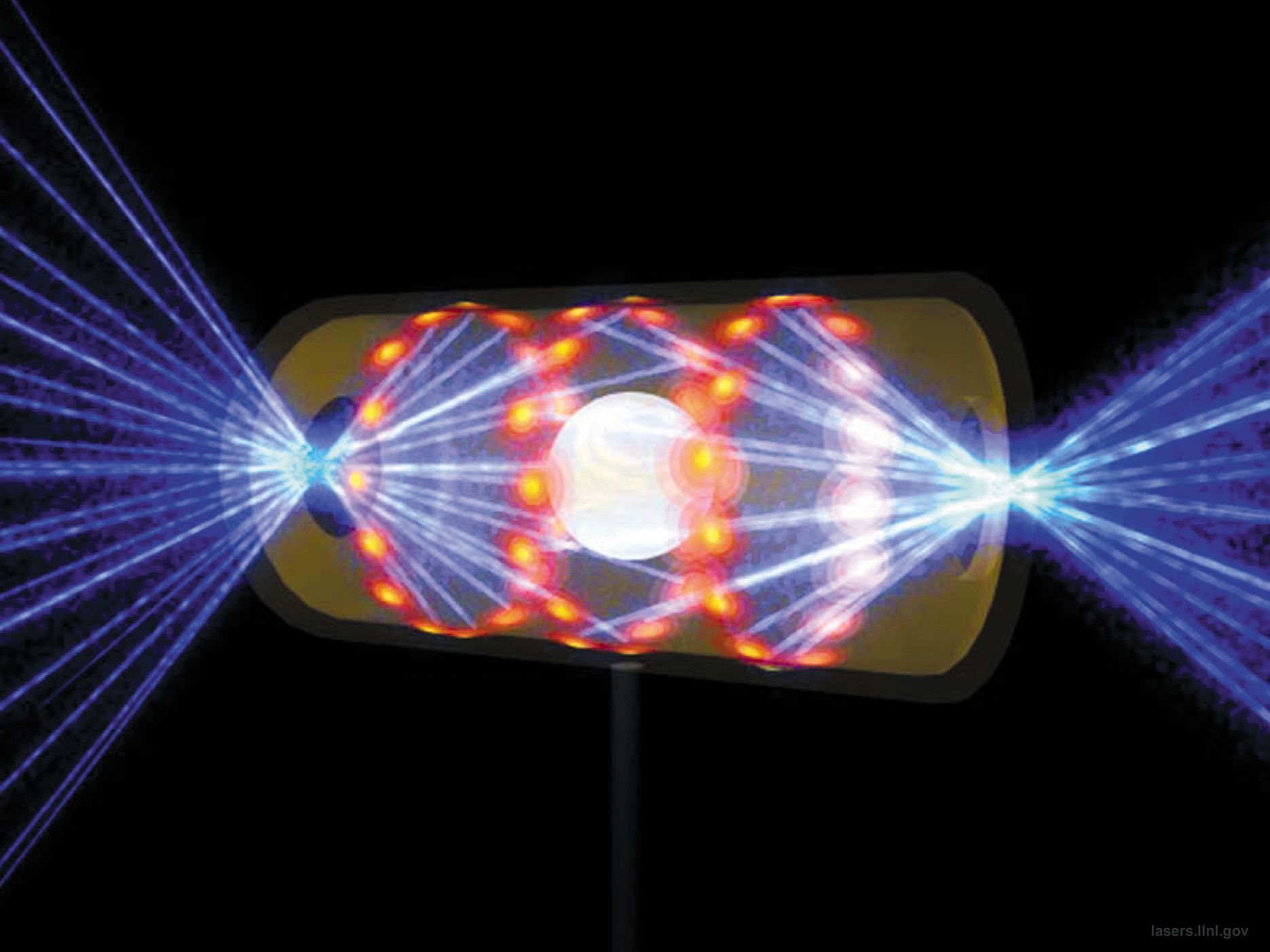
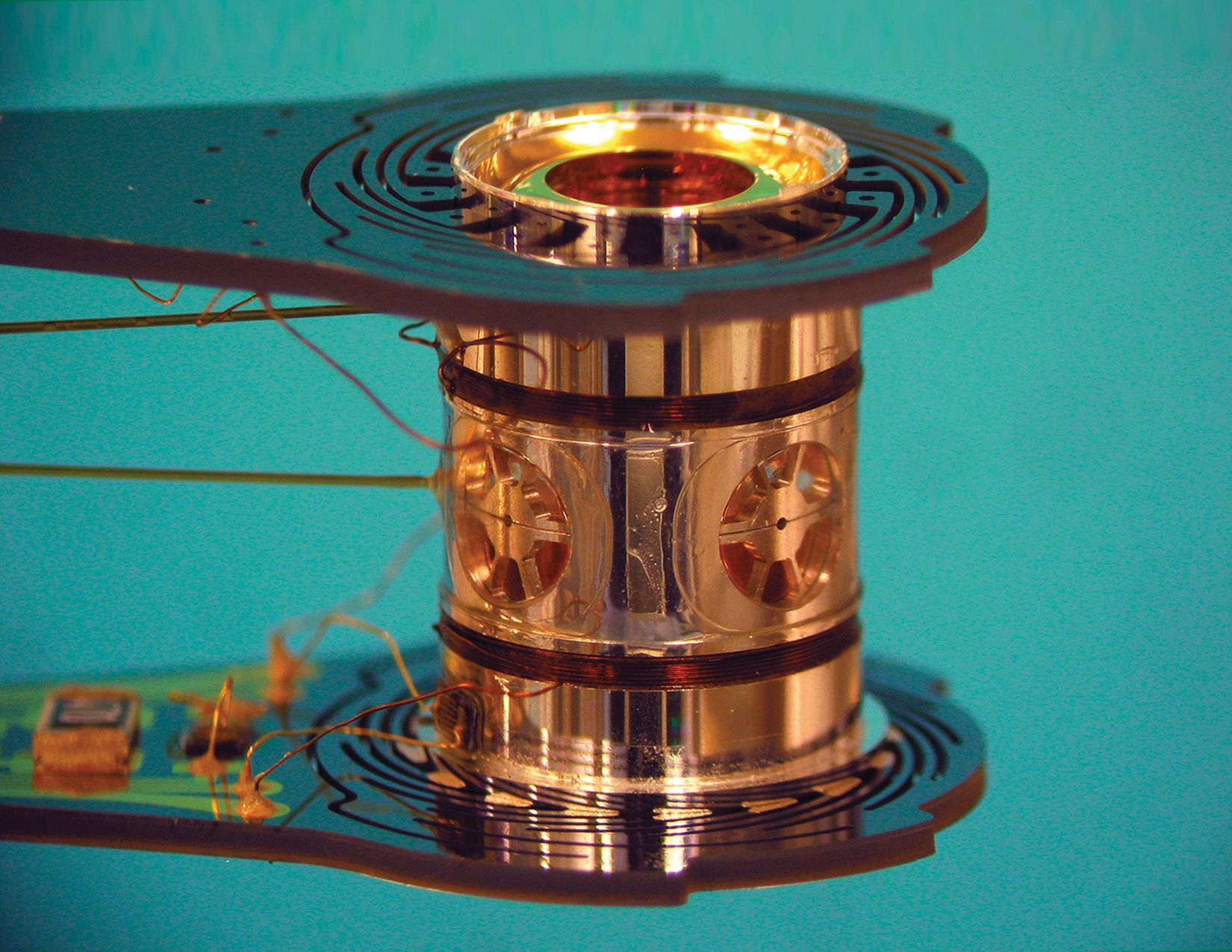

Off to the market
Government agencies and private companies are tackling these challenges, but the field is wide open to innovation.
The UKAEA’s focus is mostly on tokamaks, but Shannon says the organisation is working with a Canadian fusion company that’s developing a hybrid device, which uses both compression and magnetic confinement.
“We’re going to have that machine on our site in three years,” he says. “We’re very supportive of innovation and hybrid solutions.”
Windridge says there are dozens of fusion companies celebrating the NIF breakthrough. She hopes the net energy gain record will not only motivate industry players to speed up development, but will also lead to more investment in research.
“The laws of physics do not prevent us from achieving unlimited clean energy from fusion,” Gregori wrote in a blog. “The problems are technical and economic.”
Engineering a better world
Windridge says the new record set in December is not likely to silence the sceptics. The hurdles are tall and daunting. But the impact fusion energy would have on the planet, plus the sound physics, means the next few decades are going to be filled with more breakthroughs.
“We’re on the last stretch,” she says. “It’s not going to be easy. But for engineers, challenges lead to fulfilling careers. That’s why it’s a good thing they haven’t all been solved.”
Fusion energy doesn’t heat the planet through emissions, nor will it have the level of toxic waste that nuclear fission power plants produce. It doesn’t rely on underground reserves, like oil or gas, so it could transform the geo-political landscape. It also offers a steady supply of power, which doesn’t rely on the elements.
Shannon says security of supply is a crucial factor in any energy solution. Like the others, he sees fusion energy as part of a wider mix, including renewables like wind or solar.
“Knowledge of fundamentals is going to be important for engineers working on fusion,” Shannon explains. “It’s not about refining mature designs, it’s about creating new designs. And you’ll need to be comfortable living with uncertainty.”
Uncertainty and extremes. A tokamak heats plasma to make it hotter than the core of the sun while, half a metre away, a cryogenic pump runs at -270ºC.
Gregori hopes the latest developments will be a catalyst for more funding.
“There’s a lot to be excited about,” he says. “For the first time, there’s a feeling that maybe fusion is not 50 years away. And what we need now are bright ideas.”

